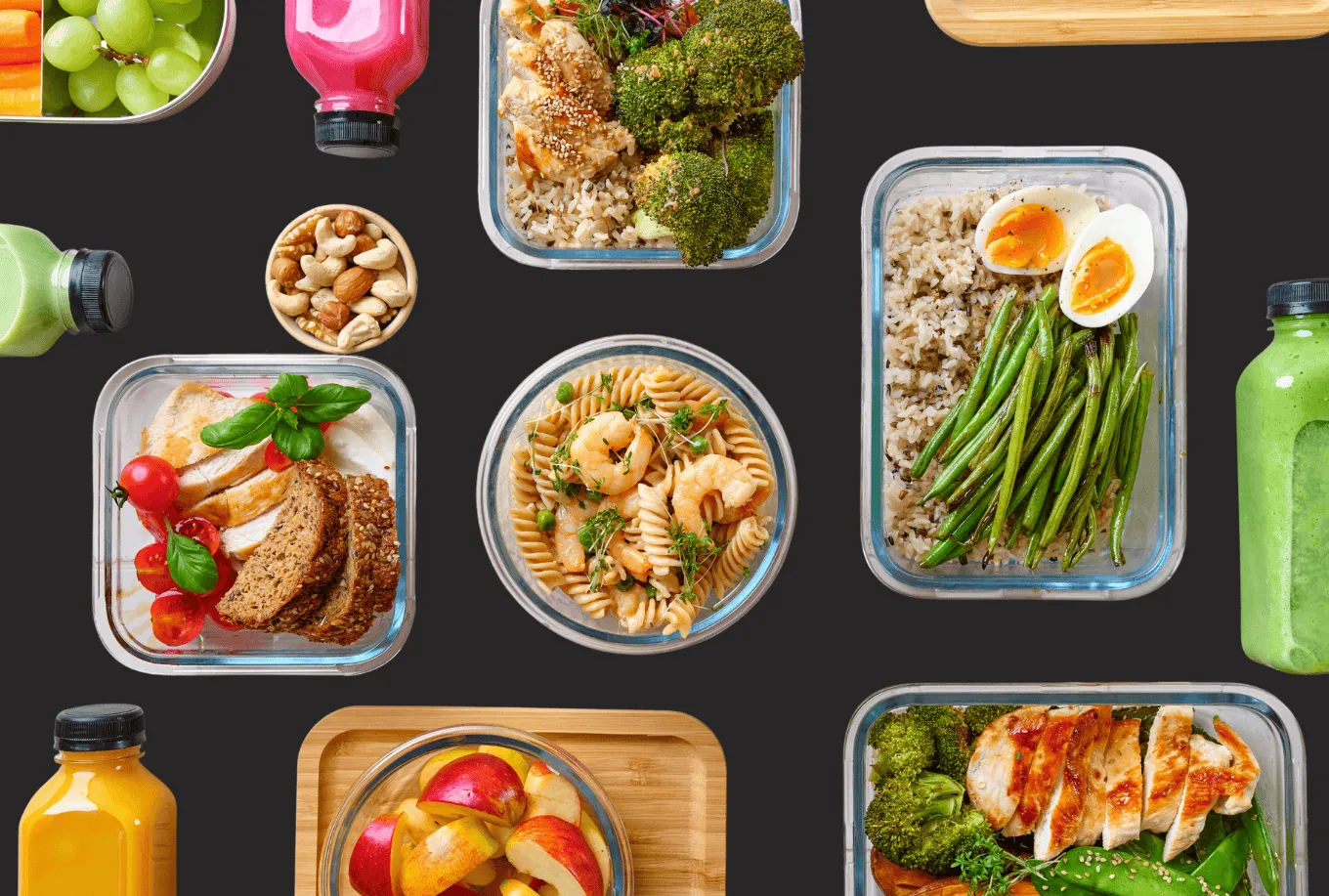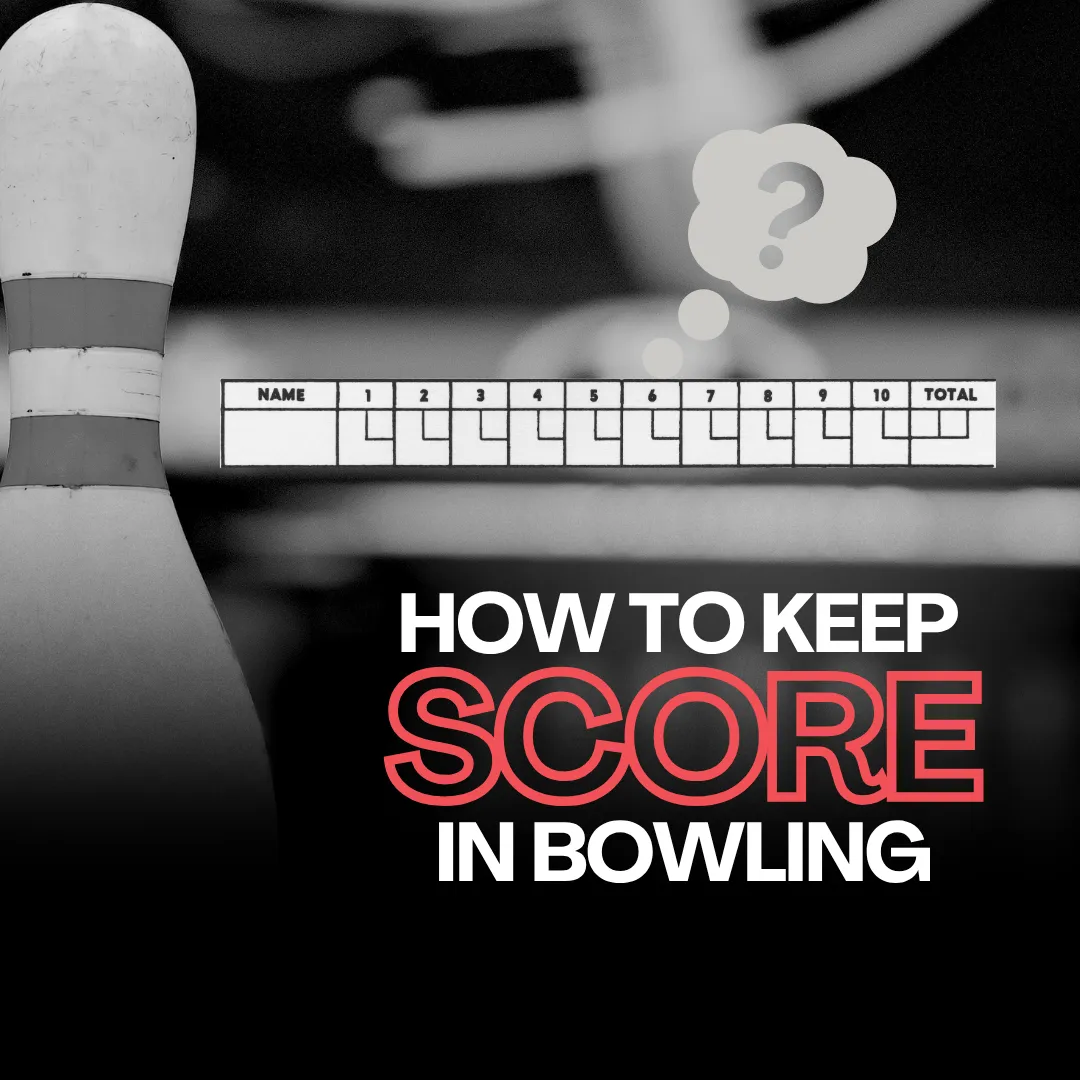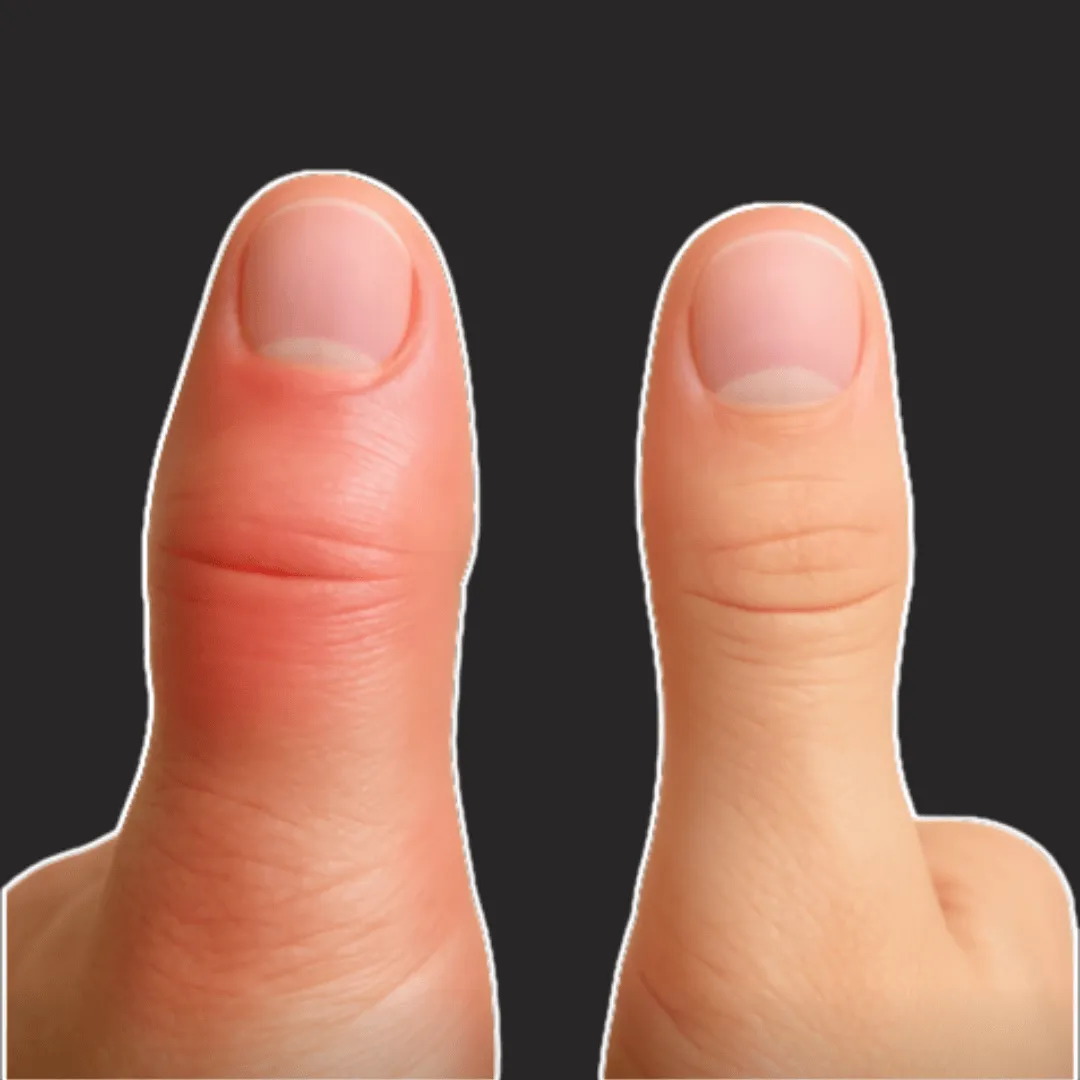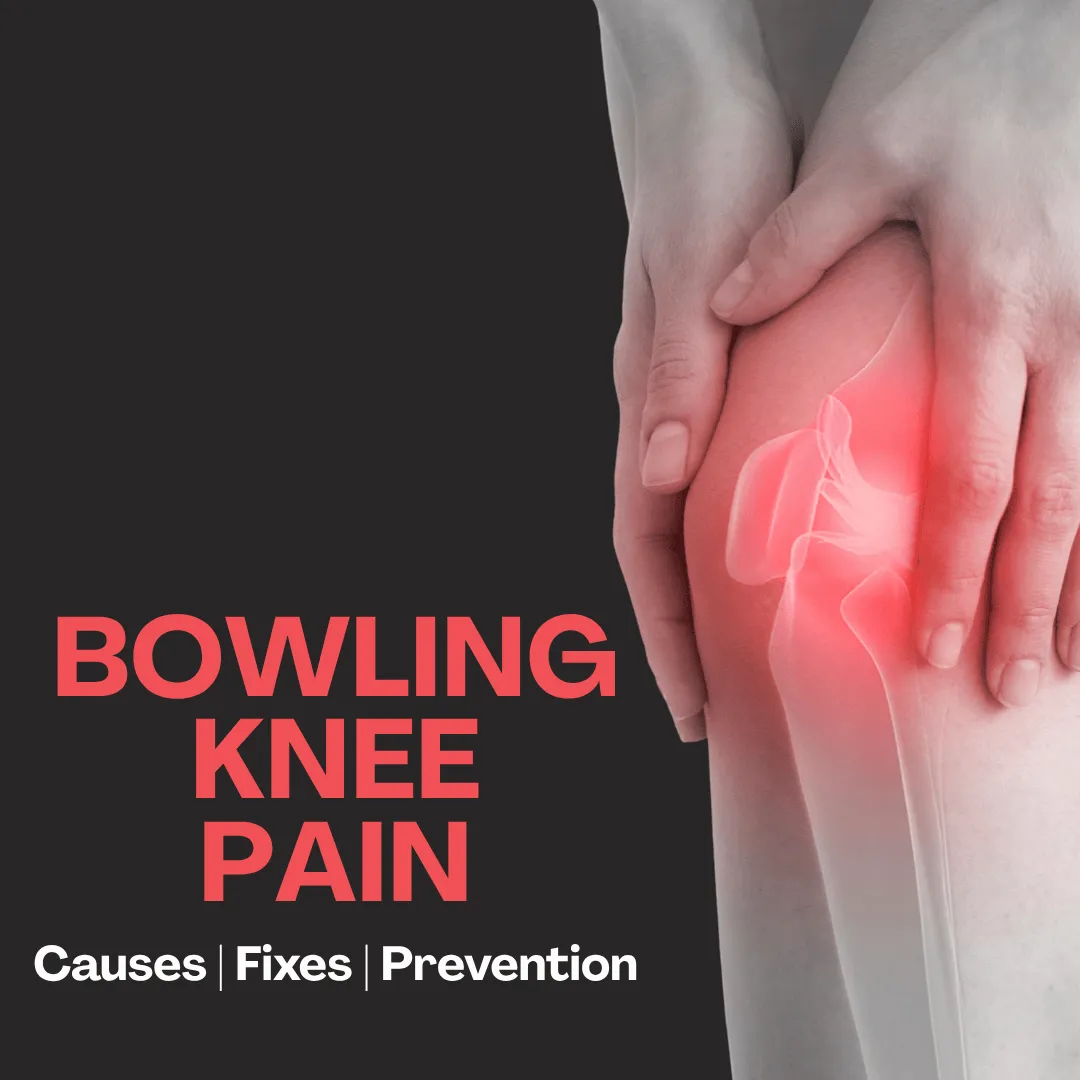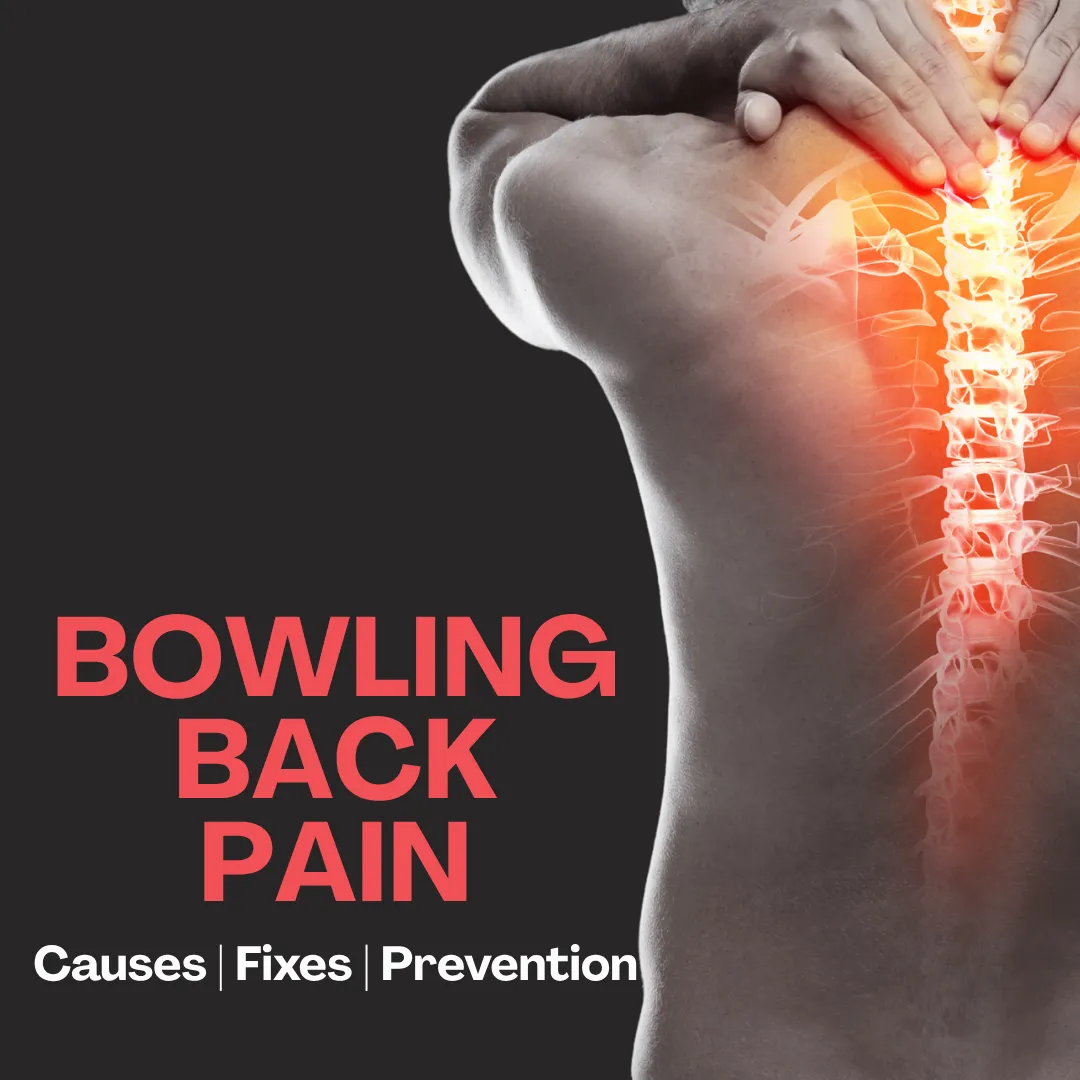When you're competing in a bowling tournament, it's not just your technique and equipment that matter — your nutrition plays a critical role too. This tournament day meal plan for bowlers is designed specifically for bowlers who want to maintain focus, avoid fatigue, and recover faster after competition.
What you eat before, during, and after competition directly affects your performance and how well you recover afterward.
This guide will walk you through a science-backed approach to fueling your body the right way throughout tournament day.
The Day Before: Building Your Energy Reserves
Proper nutrition starts well before you arrive at the bowling center. The evening before a tournament is the time to focus on carbohydrates and hydration. Complex carbohydrates such as brown rice, whole grain pasta, and potatoes help build glycogen reserves in your muscles — the energy your body will rely on the next day.
A balanced meal might include grilled chicken, roasted vegetables, and rice or pasta. Oatmeal, bananas, and fruits are also great options for lighter meals. It’s important to avoid greasy or heavily processed foods that can lead to discomfort or sluggishness. Drink plenty of water to stay hydrated overnight and begin the day fresh.
On Tournament Morning: Light, Familiar, and Fueling
Breakfast is where you set the tone for the day. It should be familiar, easy to digest, and rich in carbohydrates with a moderate amount of protein. Eating two to three hours before your first game is ideal, giving your body enough time to digest.
Good choices include peanut butter on toast with banana, oatmeal with berries, or a smoothie with milk and protein powder. Hydration is also important in the morning. Water is essential, and a small pinch of salt or an electrolyte tab can help maintain fluid balance throughout the day.
For those with limited time, a lighter meal such as a banana and a protein bar can still offer a helpful energy boost.
During the Tournament: Sustaining Energy and Focus
Tournaments can stretch for several hours with limited opportunities for full meals. That’s why small, consistent snacks are key. You’ll want foods that are easy to carry, won’t spoil quickly, and offer quick energy without spiking your blood sugar.
Options like granola bars, chocolate, fruit, trail mix, peanut butter crackers, or rice cakes are practical and effective. Bananas and apples are also excellent for quick carbohydrates and natural sugars.
To stay hydrated, sip water throughout the day and consider adding an electrolyte mix, especially during play, as with sweat you loose necessary minerals. Liquid I.V. and other hydration powders can be helpful and are easy to keep in your bag.
Recommended on-the-go options include:
Avoid heavy meals, excess sugar, or long gaps without eating, which can lead to fatigue and loss of focus during crucial frames.
After the Tournament: Recovery and Repair
Once the competition ends, recovery begins. What you eat and drink in the first hour post-tournament — during what is often referred to as the anabolic window — can significantly affect how well and how quickly your body recovers.
The anabolic window is a short period, typically lasting up to 60 minutes after intense physical activity, during which your muscles are especially receptive to nutrients. During this time, the body is primed to shift from a catabolic state (where muscle breakdown occurs during activity) to an anabolic state, which promotes muscle repair and growth.
Scientific studies suggest that consuming a combination of protein and carbohydrates shortly after exercise can help:
- Rebuild damaged muscle fibers
- Restore glycogen stores more efficiently
- Reduce muscle soreness and inflammation
- Support immune function
For bowlers, especially after a full day of competition, this recovery phase is crucial. Long tournament sessions place repetitive strain on the lower back, shoulders, and knees, and involve sustained mental focus. Refueling your body immediately afterward gives it the building blocks it needs to repair and prepare for the next session — whether that’s another day of competition or your next training block.
Some practical options for this window include a protein shake with carbohydrates, a turkey sandwich, or even chocolate milk, which research has shown to provide an effective post-exercise carb-to-protein ratio for recovery. Hydration is equally important — rehydrating with water or an electrolyte drink helps replace fluids lost through sweating and keeps your muscles functioning properly.
By treating the anabolic window seriously, bowlers can bounce back faster and reduce the cumulative wear and tear of long seasons or back-to-back tournament weekends.
Make sure to rehydrate with plenty of water or an electrolyte beverage, and aim to eat something within the first 60 minutes after your final game.
Trusted recovery options include:
Packing Smart for Tournament Day
Planning your meals is just as important as choosing them. A small insulated lunchbox or meal prep bag can help keep snacks fresh. Reusable containers make it easier to portion your food and keep things organized, and a good-quality water bottle will save you from relying on vending machines.
Recommended gear:
Be sure to separate food from your bowling gear to avoid contamination, and pack extras in case matches run longer than expected.
Final Thoughts
Nutrition isn’t just something to think about on game day — it’s a part of your preparation and performance. With the right food choices, you can improve your energy, focus, and consistency throughout the entire tournament.
Start by making small changes: prepare a better breakfast, bring a few smart snacks, and drink water regularly. Over time, fueling properly will become part of your competition routine — just like stretching, taping your fingers, or adjusting your grip.
Sources
- Kerksick, C., et al. (2017). International Society of Sports Nutrition Position Stand: Nutrient Timing. Journal of the International Society of Sports Nutrition, 14(1), 33.
- Pritchett, K., & Pritchett, R. (2012). Chocolate milk: A post-exercise recovery beverage for endurance sports. Medicine & Sport Science, 59, 127–134.
- Ivy, J. L., & Portman, R. J. (2004). Nutrient Timing: The Future of Sports Nutrition. Basic Health Publications.
- Tipton, K. D., & Wolfe, R. R. (2001). Exercise, protein metabolism, and muscle growth. International Journal of Sport Nutrition and Exercise Metabolism, 11(1), 109–132.
Affiliate Disclosure: This article contains affiliate links. If you purchase through these links, BowlingLife may earn a small commission at no additional cost to you. This helps support our platform and keeps our content free for readers.
